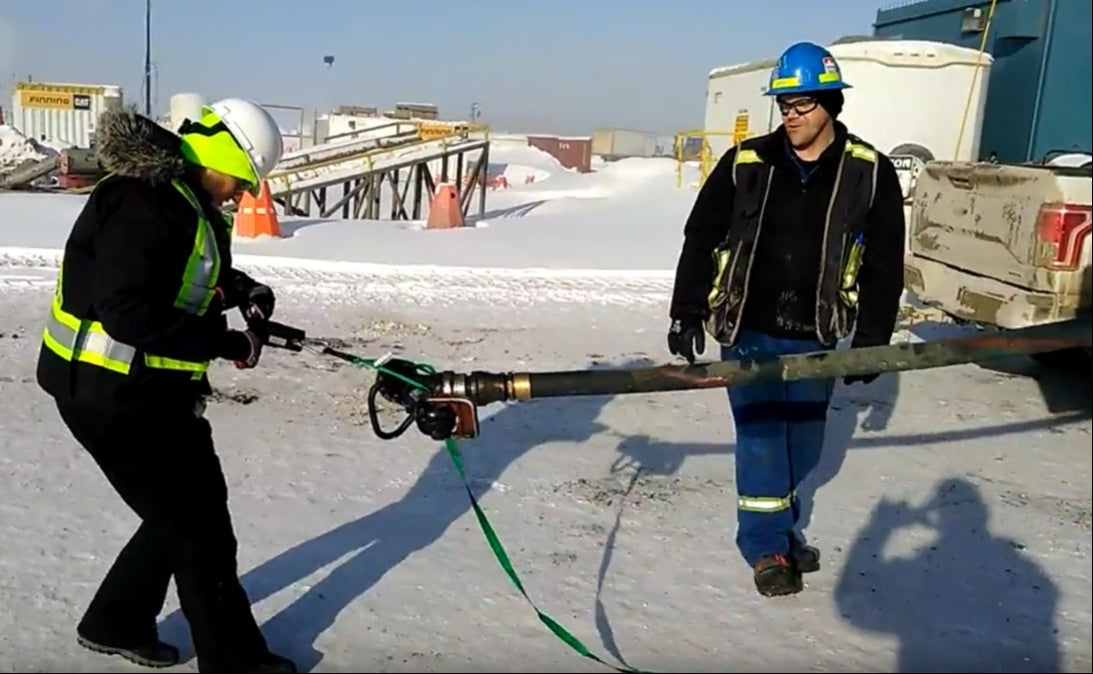What are concepts and principles of Job Analysis?
Have you ever used the terms “Job” and “Occupation” interchangeably? Have you ever wondered if there was a difference between Job and Occupation? Did you know that “Job” is also often used interchangeably with several other terms such as “position” and “task”?
Let’s clear that confusion and talk about what each one means according to the Revised Handbook for Jobs Analysis.
- Element - smallest step into which it is practical to subdivide any work activity without analyzing separate motions, movements and mental processes.
- Task - one or more elements and is one of the distinct activities that constitute logical and necessary steps in the performance of work by the worker. A task is typically created when human effort, physical or mental, is exerted to accomplish a specific purpose.
- Position - collection of tasks constituting total work assignment of a single worker. There are many positions as there are workers in the country.
- Job - groups of positions with an establishment, in which are identical with respect to their major or significant tasks and sufficiently alike to justify their being covered by a single analysis. There may be one or many persons employed in the same job.
- Occupation - group of jobs, found at more than one establishment, in which a common set of tasks are performed or are related in terms of similar objectives, methodologies, materials, products, worker actions, or worked characteristics.

Now that these terms are more clear, let’s put these terms into perspective through an example!
Before we dive into the example, did you know that elements, tasks and jobs are relative concepts? What does that mean?
Well, an activity that is defined as an element in one job, could be a task in another job and could be a job in and of itself for another worker.
Let’s apply this now using an example from the Revised Handbook of Job Analysis to make it more clear!

Isn’t that interesting!
That is useful information, especially when considering what the job limits are.
Job limits? What are Job limits and how do they relate to job analysis?
When analyzing jobs, it is important to determine where the job begins and ends and it should analyze the following:
- The number of job existing among the positions
- The exact nature of these jobs
Have you thought about where these job limits are reported?
When jobs are analyzed, a Job Analysis Report (JAR) is completed and it must report the job as it exists at the time of the analysis.
According to the Handbook, job analysis should represent a description of one job; no more or less.
What are some situations that could occur when an analyst is analyzing jobs?
- Worker performs a specific cycle or sequence of operations - analyst should begin analyzing with the first task the worker is called upon and progress towards the last task. This is common in machine operating jobs.
- Worker has no regular cycle of operations - This is more difficult to analyze since it frequently involves a considerable variety of tasks.
- Workers frequently change from one set of duties to another - four workers could be performing a set of duties which could constitute one job, however all phases are performed by all workers.
- The workers perform a given set of duties although in emergencies the worker performs duties involved in other jobs - Jobs could be interchangeable to the extent that any one of the workers performs the duties of any one of the others in emergency, the workers could perform their respective jobs in regular production work. These should be considered separate jobs in these situations.
Want to learn more about Jobs Demands Analysis?
You are at the right place!
We provide JDA certification training with the option to complete it at the comfort of your own home. The JDA certification training goes in-depth about everything you need to know about Assessments to even reporting.
Do you have questions or comments?
Comment below or email us at kevin@metriksfce.com, we would be happy to help assist you in any way we can!



